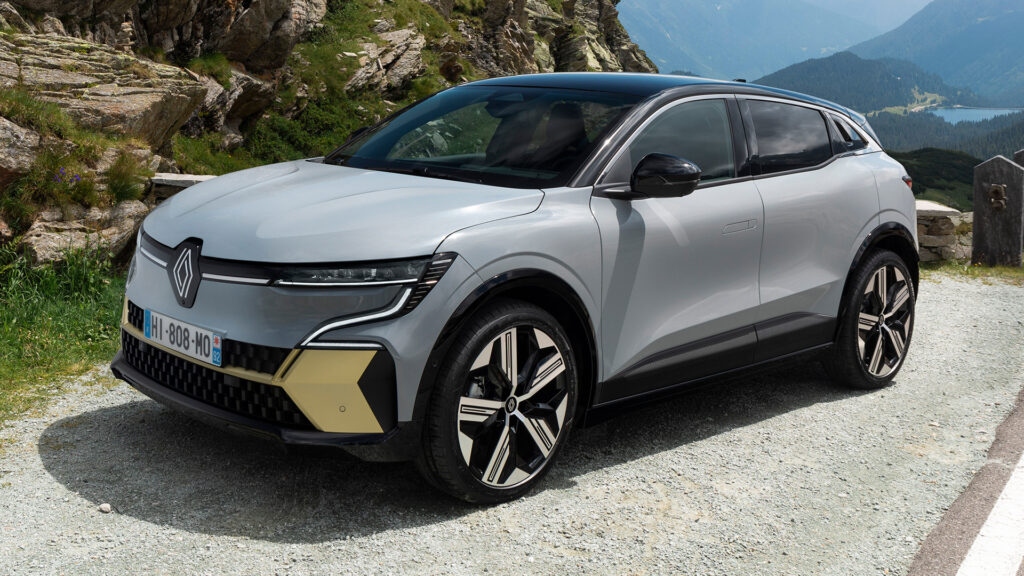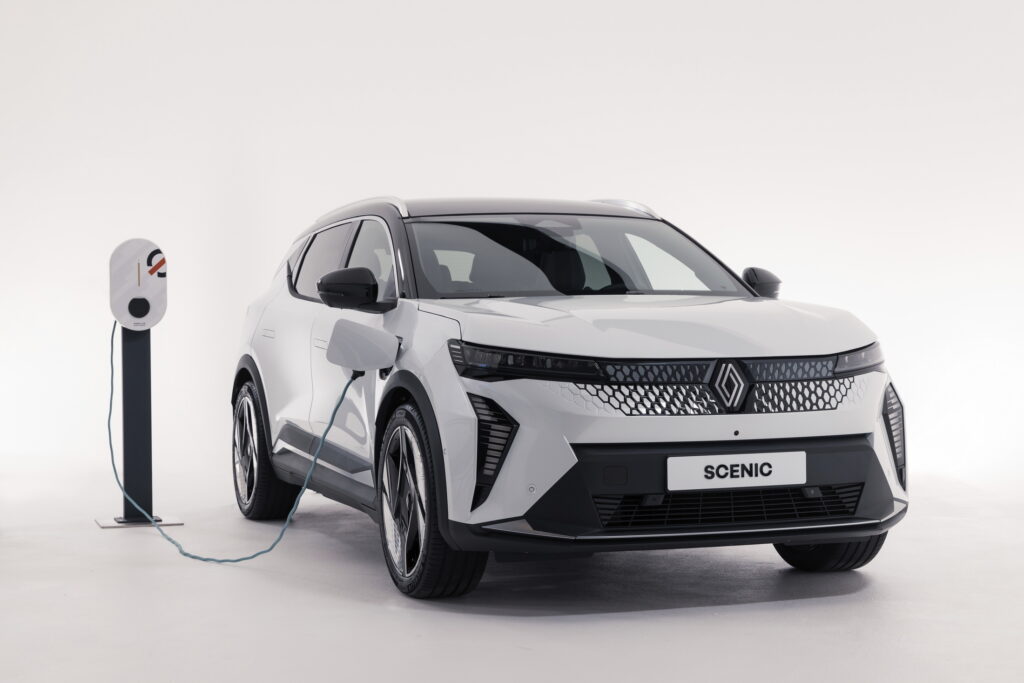Renault’s Electric Megane Could Soon Burn Fuel Again
- Renault developing hybrid powertrains for next Megane and Scenic by 2030.
- Both models are electric-only now, but Megane sales remain below target.
- Company favors a range-extender setup that never drives the wheels.
It’s been three years since Renault bravely reinvented its Megane and Scenic family models as EVs, and in another three years or so, the pair will shake things up again – this time by going back to petrol power.
More: The 4 And 5 Are Eating Megane Sales, But Renault Is Cooking Something
The next generation of both family EVs, due before the end of the decade, could offer a mix of fully-electric and hybrid powertrains, according to comments new Renault Group CEO Francois Provost made to media at last week’s Twingo launch.
What’s Next For Megane And Scenic?
“Bigger cars are one of our priorities,” new Provost told Auto Express magazine, subtly acknowledging that Renault’s electric push has worked well for the little 4 and 5, but less so on grown-up models like the Megane, which is struggling to find buyers.
“In the next mid-term plan we propose a new platform and solutions to continue our ambition to grow in the [compact] C-segment in the heart of Europe.”
That new platform will bring the next generations of the Megane and Scenic together with the next Austral, Espace, and Rafale, which are currently only available as hybrids.
Renault has no plans to abandon electric power for the Megane and Scenic, but will instead strengthen their appeal with more powertrain options to snare buyers still suspicious of anything without a gas tank.

“We also think that if [adoption] is not as rapid as expected, perhaps you can complete this…with some extensions like range extender or plug-in hybrid, and that’s what we are working on,” Renault brand CEO Fabrice Cambolive told the magazine.
Of those two options, a Nissan E-Force-style range-extender solution – where the engine only charges the battery rather than drive the wheels – looks likely to get the nod, Cambolive said.
Refresh In The Meantime
But with combustion power still years away, Renault needs an intermediate plan to boost sales of the Megane and has a couple of ideas up its sleeve. One is an imminent facelift, and we’ve already seen a camouflaged prototype of this revised hatch on test.
The other, likely to arrive at the same time, is a bigger battery. The largest battery currently available is a 60 kWh unit that gives a feeble 285 miles (459 km) of range, but the bigger Scenic has an 87 kWh pack which lasts 382 miles (615 km) between fills, and the Megane’s new Nissan Leaf cousin has a 75 kWh battery that provides a 303-mile (488 km) range.

